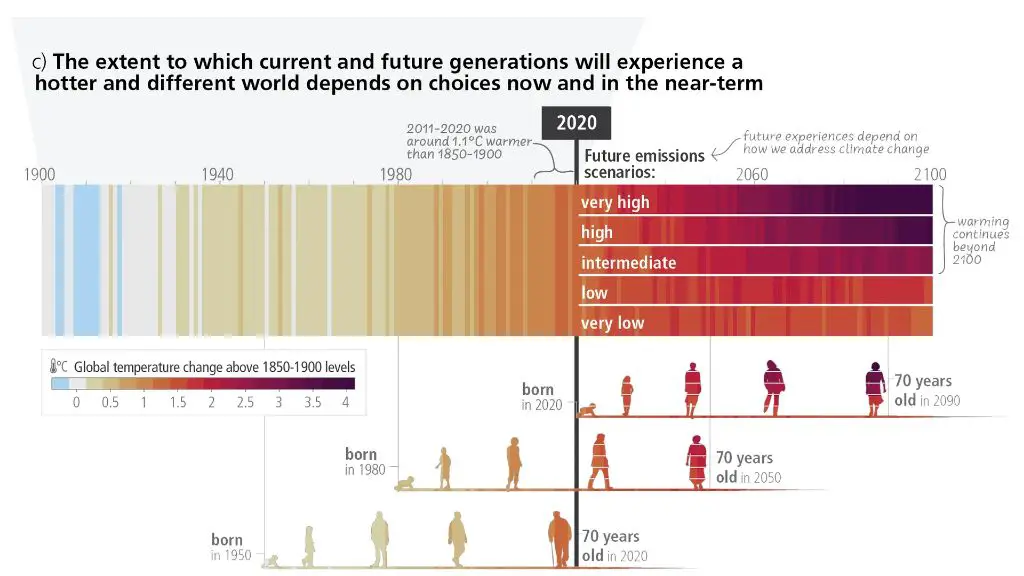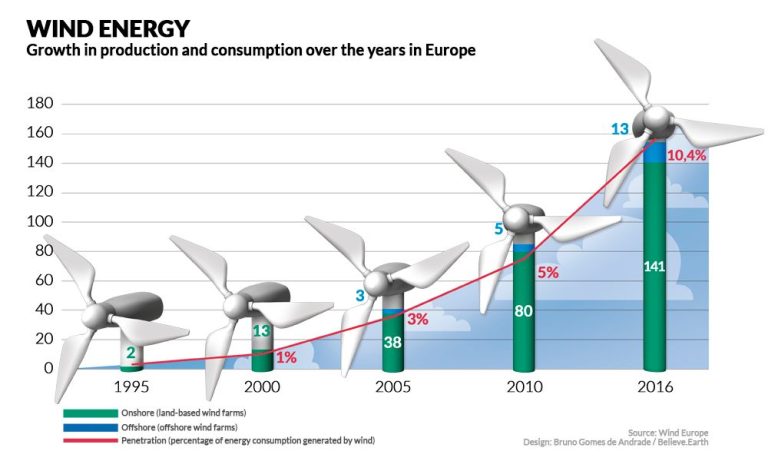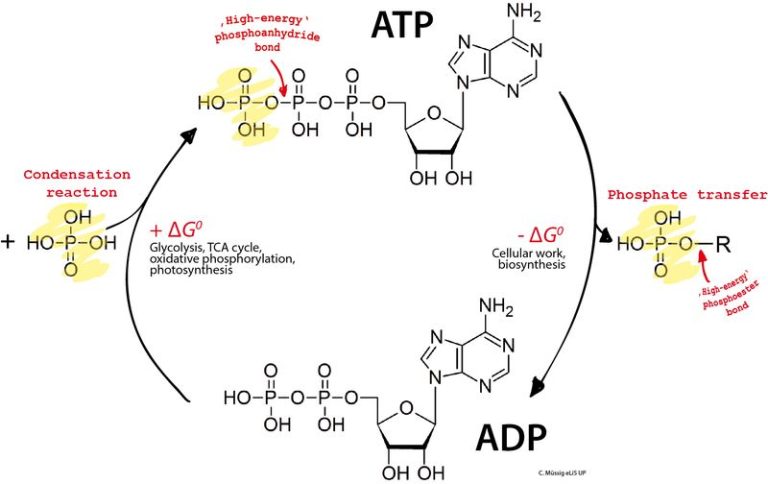What Is The Best Programming Language For Climate Change?
Climate change refers to long-term shifts in global weather patterns and average temperatures. Some effects of climate change include rising sea levels, melting glaciers, ocean acidification, extreme weather events, droughts, and diminished food security.
Technology and programming languages play a critical role in understanding, predicting, adapting to, and mitigating climate change. Computationally intensive models and simulations are necessary to study the complex Earth system dynamics involved. Data analytics help identify trends and generate actionable insights. Programming enables the development of monitoring systems, renewable energy solutions, and other applications that can reduce greenhouse gas emissions and build resilience.
Criteria for Assessing Programming Languages
When choosing a programming language for climate change analysis, some of the key criteria to consider are:
Performance for data analysis and modeling – Some languages like Python and R are optimized for data analysis tasks and have extensive libraries to support statistical modeling and machine learning. Others like C++ and Java offer lower-level performance benefits but may require more coding for analysis.
Ability to process large datasets – As climate data continues to grow, the chosen language needs to handle loading, processing and analyzing large datasets efficiently. Python and R both have ‘big data’ libraries (like pandas and dplyr) while Java utilizes Spark for distributed computing.
Support for statistical, mathematical and scientific libraries – Programming languages like R and Python have huge ecosystems of 3rd party packages for statistics, math and science. This enables faster development versus building custom algorithms from scratch.
(Source: https://www.linkedin.com/pulse/choosing-right-programming-language-data-science-devsort)
Python
Python is a general purpose programming language that has become very popular for data science applications. It has a large collection of libraries specifically designed for statistical analysis, machine learning, and data visualization, making it well-suited for working with climate data.
Some of the key Python libraries used in climate research include:
- NumPy for numerical programming
- Pandas for data analysis
- Matplotlib for data visualization
- xarray for working with multidimensional datasets
- Tensorflow and PyTorch for developing deep learning models

Python allows researchers to load, manipulate, analyze, and visualize complex climate datasets with ease. The Python data science ecosystem is vast, well-documented, and has an active community, lowering the barriers to working with climate data.
R
R is a programming language specialized for statistical computing and graphics. With over 10,000 packages available, R has become widely used in academia for data analysis and statistical modeling across various disciplines, including climate science. R is particulary well-suited for climate change research because of its strong support for analyzing and manipulating multi-dimensional array data, which is the typical structure of climate data like netCDF files. Packages like ncdf4, raster and xts provide R users with tools for accessing, visualizing and analyzing large climate datasets.
For example, a 2017 paper published in the Proceedings of the Brazilian Symposium on GeoInformatics manipulated and analyzed CMIP5 climate model data stored in netCDF files using R and the ncdf4 package (Faria & Amaral, 2017). The authors were able to efficiently extract variables from the multi-model netCDF datasets and compare climate projections across models using R’s array and statistical functions. This demonstrates R’s capabilities for accessing and analyzing the type of multidimensional climate data crucial for climate change research.
Julia
Julia is a high-level, high-performance dynamic programming language designed for scientific computing (Bezanson et al., 2017). It’s particularly well-suited for climate change research and modeling for several reasons:
First, Julia is designed for high-performance scientific computing. It can reach or exceed the speeds of traditional languages like C and Fortran, while retaining the syntax and features of high-level dynamic languages like Python and R. This makes it fast and efficient for running complex climate models and simulations.
Second, Julia was built with parallel computing and handling large datasets in mind (Edelman & Wilcox, 2019). It has native support for parallelism and distributed computing, making it easy to take advantage of multi-core processors and clusters when analyzing massive climate data. This can significantly speed up research workflows.
According to the JuliaClimate project, “Julia was really made with scientific computing in mind first and foremost” (https://juliaclimate.org/). As climate datasets grow ever larger and climate models more complex, Julia’s high performance and parallel capabilities make it an ideal choice for climate change research.
Java
Java is a popular general purpose, object oriented programming language that lets developers write “write once, run anywhere” code that can run on all platforms that support Java without the need for recompilation (Source). While Java is good for building applications, it is not considered an ideal choice for heavy statistical analysis and data science tasks commonly associated with climate change research. This is because Java lacks native support for array operations and manipulations that are frequently needed when working with climate data sets (Source).
However, Java remains a popular teaching language and is commonly used in developing climate applications and visualization tools. Many researchers leverage Java’s networking and web capabilities to build web interfaces and mobile apps for climate models and simulations. So while Java may not be the first choice for analyzing climate data, its flexibility makes it useful for building end-user applications for climate change research (Source).
JavaScript
JavaScript is a popular programming language that is mostly used for web development. While not traditionally used for data analysis and modeling like Python or R, JavaScript has some useful libraries for visualizing climate data.
One example is D3.js, a JavaScript library for creating interactive data visualizations for the web. With D3, developers can pull in climate datasets and create custom charts, graphs, and maps to illustrate trends over time. Some projects use D3 to build interactive dashboards for exploring climate indicators like temperature anomalies, sea ice extent, and more.
While JavaScript may not be the best choice for statistical analysis, its visualization capabilities through libraries like D3 make it a potential option for communicating climate insights through interactive web apps and visualizations.
Comparison
When comparing the top contenders, Python, R and Julia have trade-offs in performance, popularity, and ecosystem support.
Python is one of the most popular and widely used languages. It has a huge community and ecosystem of libraries and frameworks that support almost any task. However, it can be relatively slow and energy inefficient compared to other options (source).
R was designed specifically for statistical computing and data analysis. It excels for numerical operations and plotting but has fewer general programming features. R has a strong community in data science but somewhat weaker ecosystem outside that domain (source).
Julia aims to combine the ease of use of Python and R with the speed and efficiency of a compiled language like C. In benchmarks, it can match or exceed the performance of C, R, and Python. However, as a newer language, Julia has a smaller community and ecosystem compared to Python and R (source).
Overall, there are trade-offs between established popularity and support versus performance and efficiency. Julia shows promise for scientific computing but may require more effort to use today.
Recommendation
Based on the criteria of efficiency, ease of use, and adoption for climate modeling, the best programming language for climate change is Python.
While lower level languages like C and Fortran are more efficient, Python strikes the right balance of performance and usability for climate scientists. According to research, Python is reasonably energy efficient while also being easy to learn and use. This helps climate scientists focus on their domain expertise rather than programming language intricacies.
In addition, Python has a strong ecosystem of scientific programming libraries like NumPy, SciPy, Matplotlib, Pandas, and Climate Modeling Toolkits tailored for climate modeling use cases. The language is already widely adopted in the climate science community, which enables collaboration and code sharing.
In contrast, lower level alternatives like C/C++ require more programming expertise while new languages like Rust and Julia have smaller climate science communities currently. Overall Python strikes the optimal balance on efficiency, usability and ecosystem support for accelerating climate change research.
Conclusion
In this article, we examined the top programming languages for climate change work and modeling. Python, R, and Julia were identified as the leading choices, with each having unique strengths. Python is a general-purpose language well-suited for climate data analysis and visualization. R has become the standard for statistical analysis and plotting in climate science. Julia combines the ease of Python with the speed of compiled languages, making it ideal for high-performance computing applications. Ultimately, the choice depends on the specific needs of a project.
Looking ahead, advances in climate modeling and analysis will require faster performance and better parallelization. This may lead to greater adoption of Julia or lower-level languages like C++ and Fortran. However, Python and R will likely remain widely used due to their large ecosystems of scientific libraries and reusable code. Climate change is a complex, multifaceted challenge that will require contributions from programmers across many languages and domains. However, by leveraging the strengths of modern programming tools, the technology community can provide invaluable support for the vital work of understanding and responding to our changing climate.






